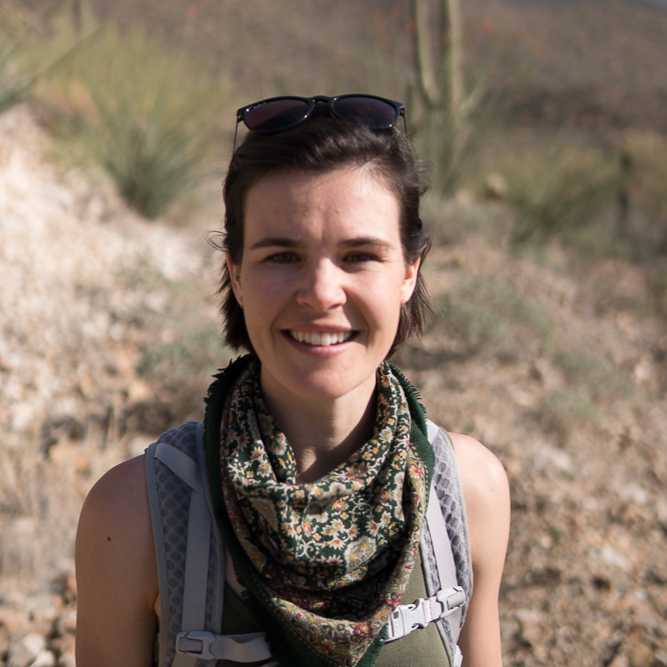Oct 31, 2024
Phytolith Reference Collection Processing - Dry Ashing
- 1Atlatl Archaeology Ltd.

Protocol Citation: Kali R Wade 2024. Phytolith Reference Collection Processing - Dry Ashing. protocols.io https://dx.doi.org/10.17504/protocols.io.eq2ly6dwegx9/v1
License: This is an open access protocol distributed under the terms of the Creative Commons Attribution License, which permits unrestricted use, distribution, and reproduction in any medium, provided the original author and source are credited
Protocol status: Working
We use this protocol and it's working
Created: October 31, 2024
Last Modified: October 31, 2024
Protocol Integer ID: 111347
Abstract
This protocol is designed to clean, dry ash, wash with acid, and mount modern plant specimens onto slides as phytolith reference comparisons. The procedure is adapted from Pearsall (2015: 294) and Piperno (2006: 97) and takes approx. 4 days to complete.
Guidelines
This protocol includes the use of hazardous chemicals and therefore, ensure you are using any and all personal protective equipment possible. At minimum, I would recommend the use of a fume-hood when dealing with chemicals and PPE that includes a labcoat, goggles, gloves, and hair tied back securely.
Fail-Safe Practices
Fail-Safe Practices
Wipe down all equipment, surfaces, and tools used with soap and water followed by acetone (beginning and end of every day of the project).
Pretreatment of Plant Materials
Pretreatment of Plant Materials
Cut and weigh samples, then place in labeled centrifuge tubes (15 mL to 50 mL tubes). A sample size of0.1 g is usually sufficient, however, we have been processing in excess of a gram and keeping a collection of ash.
Fill the tubes with2 % volume detergent solution (Liquinox) cover, and let sit overnight.
Cleaning and Rinsing
Cleaning and Rinsing
15m
15m
Place test tubes in an ultrasonic bath (sonicator) for 00:15:00
15m
Remove test tubes from the bath and rinse each sample with DI water.
Allow samples to dry before processing. Place in the desiccator at 30 °C to dry overnight.
Dry Ashing and Chemical Treatment
Dry Ashing and Chemical Treatment
Using sterilized scissors or a mortar and pestle, crush, grind, and/or cut samples to small pieces (0.5 cms x 0.5 cms ).
Place material in a ceramic crucible and ash for approx. 06:00:00 at 450 °C in the muffle furnace (Pearsall’s samples have been done as quickly as 2 hrs; samples are finished when the residue is whitish-grey in colour). The smaller the particle size, the less time it will take in the oven.
6h
Once cooled to room temperature, transfer ash to 1.5 mL microcentrifuge tubes for chemical treatment and/or for untreated ash storage (if so desired: our lab likes to have excess ash in case we want additional samples).
Fill microcentrifuge tube with 1 Molarity (M) . Centrifuge at6000 rpm, 00:05:00 decant supernatant, and fill with DI water. Repeat washing with DI water three times total.
5m
Place samples in the desiccator at 30 °C o dry overnight.
Mounting onto Microscopy Slides
Mounting onto Microscopy Slides
Using a glass pipette (wiped clean with acetone or isopropyl alcohol), place a dime-sized amount of Cargille immersion oil B (or mounting agent of choice) on the slide.
Using a microspatula (wiped clean with acetone), remove approx. 0.1 g of material and shake (gently) onto slide. Mix phytolith material with oil to evenly disperse phytoliths throughout the slide. Periodically, make and examine a test slide of mounting agent to check for contamination.
Place a cover slip (22mmx22mm or 25mmx25mm) over the oil and let it spread evenly. Write your sample number and description onto the slide. After all slides have been mounted, paint the edges of the cover slip with nail polish to seal.
Protocol references
Revision History:
Created by Kali Wade, 28/10/2020, see Boston University Research Protocols: https://sites.bu.edu/ealab/collections/research-protocols/
References:
Pearsall, Deborah. 2015. Paleoethnobotany, Third Edition: A Handbook of Procedures. Left Coast Press.
Piperno, Dolores R. 2006. Phytoliths: a comprehensive guide for archaeologists and paleoecologists. AltaMira Press, Lanham (Md.)
Ulethbridge Lab Notes
Acid Rinse – Add couple drops 5% HCL to
crucible for transferring into tubes
Wash hands and wipe down lab coat with wet
hands to reduce static
If crucible with ashed sample is extremely
static, use a damp papertowel to wipe around outside of crucible, wipe down end
of spatula and around the outside of the test tube to reduce the static,
thereby helping in the transfer of the sample from the crucible to the
test-tube
3 times of 500ml HCL for removing sample from
crucible into test tube, also ensures test tubes are balanced for centrifuge
Write scientific name, common name and plant
part on test tube
Acknowledgements
Thank you to John (Mac) Marston who encourages transparency in all his research endeavours. He allows research protocols to be openly published on the Environmental Archaeology Laboratory website: https://sites.bu.edu/ealab/collections/research-protocols/.
Thank you to Deborah Pearsall and Dolores Piperno for their published works which informs this protocol.
